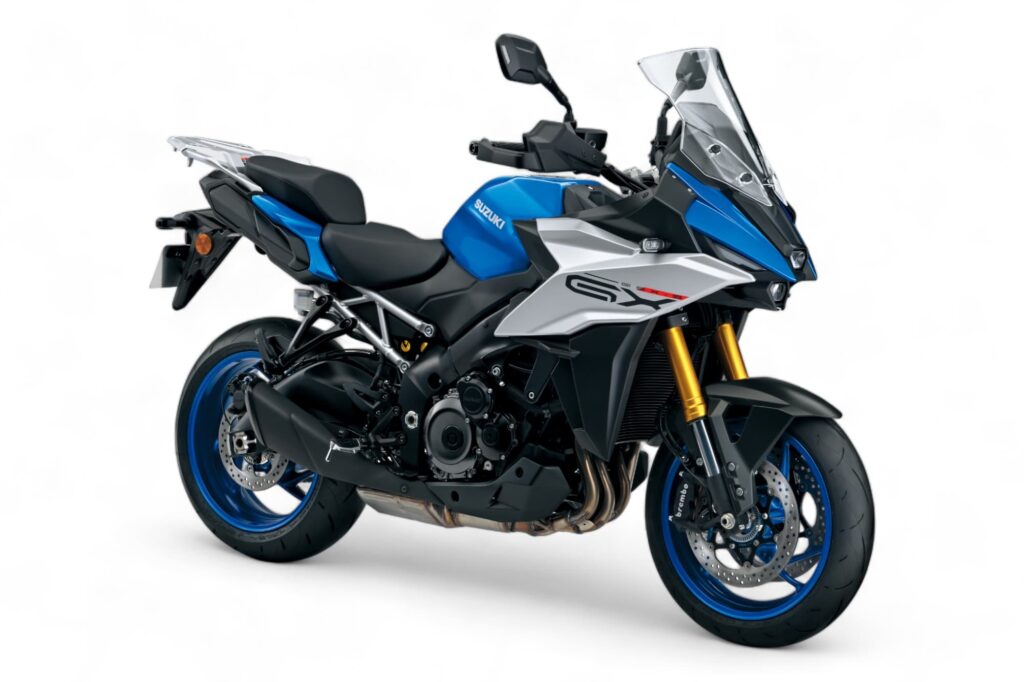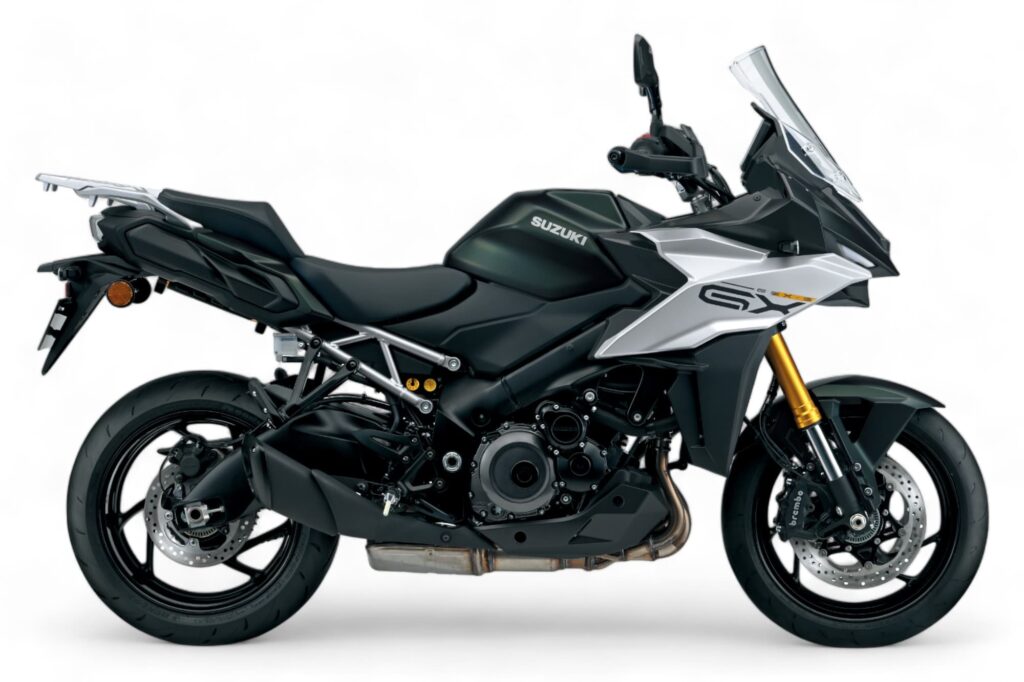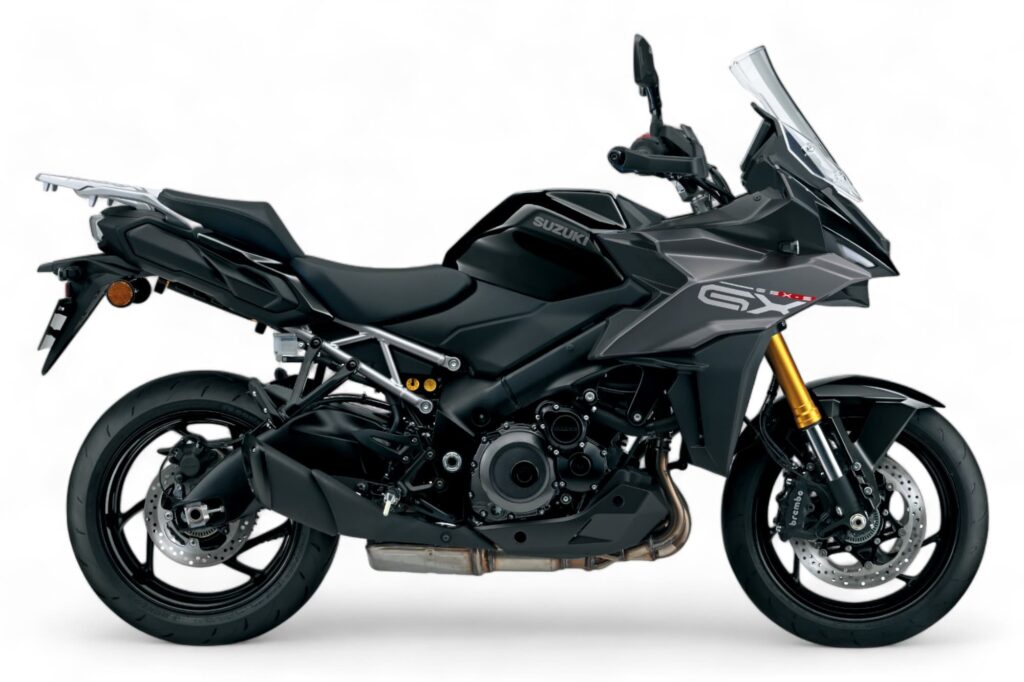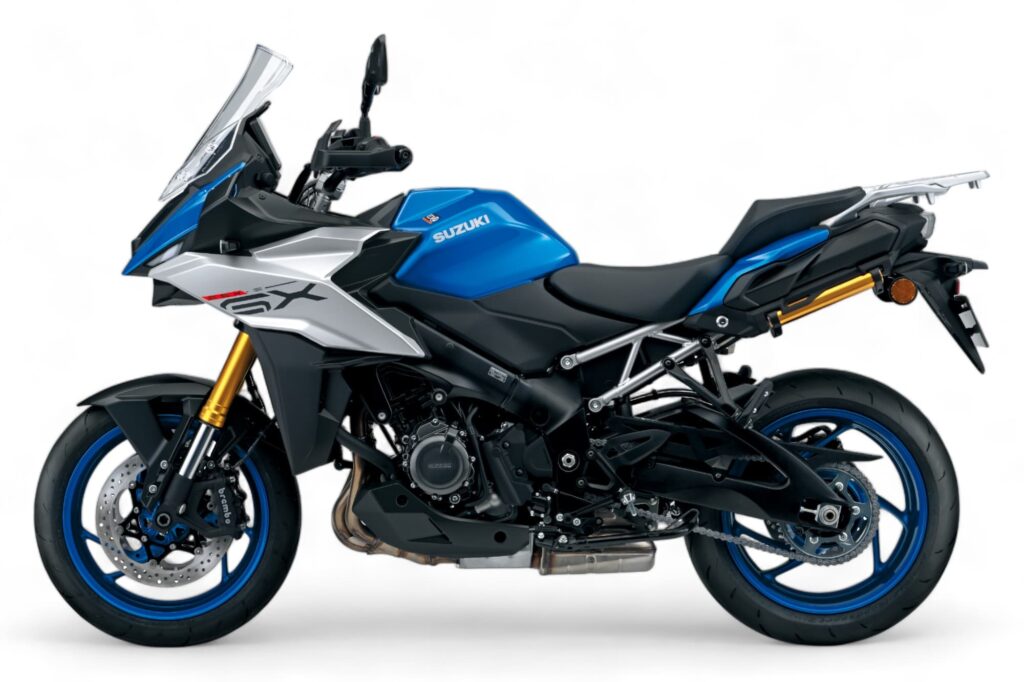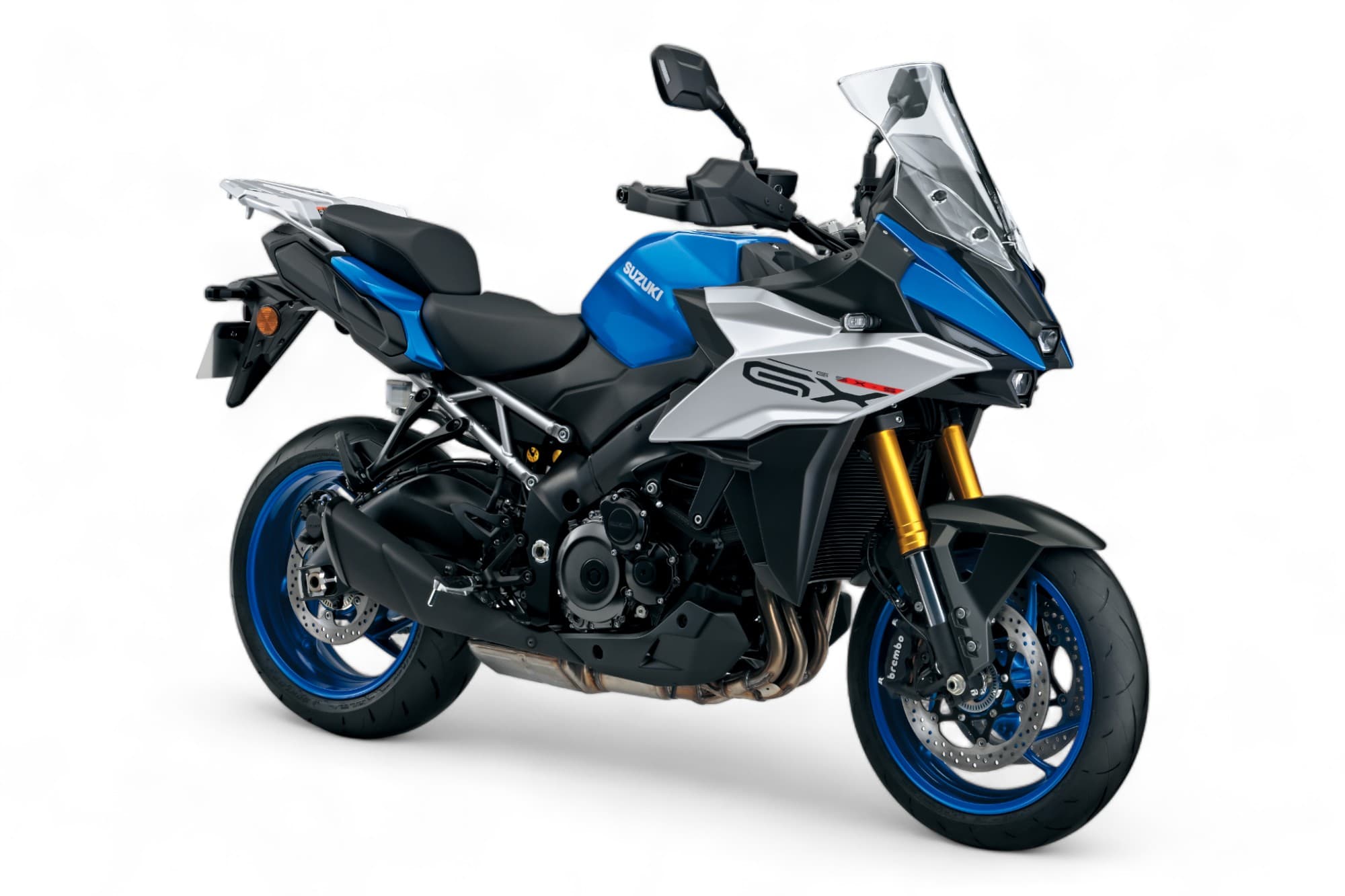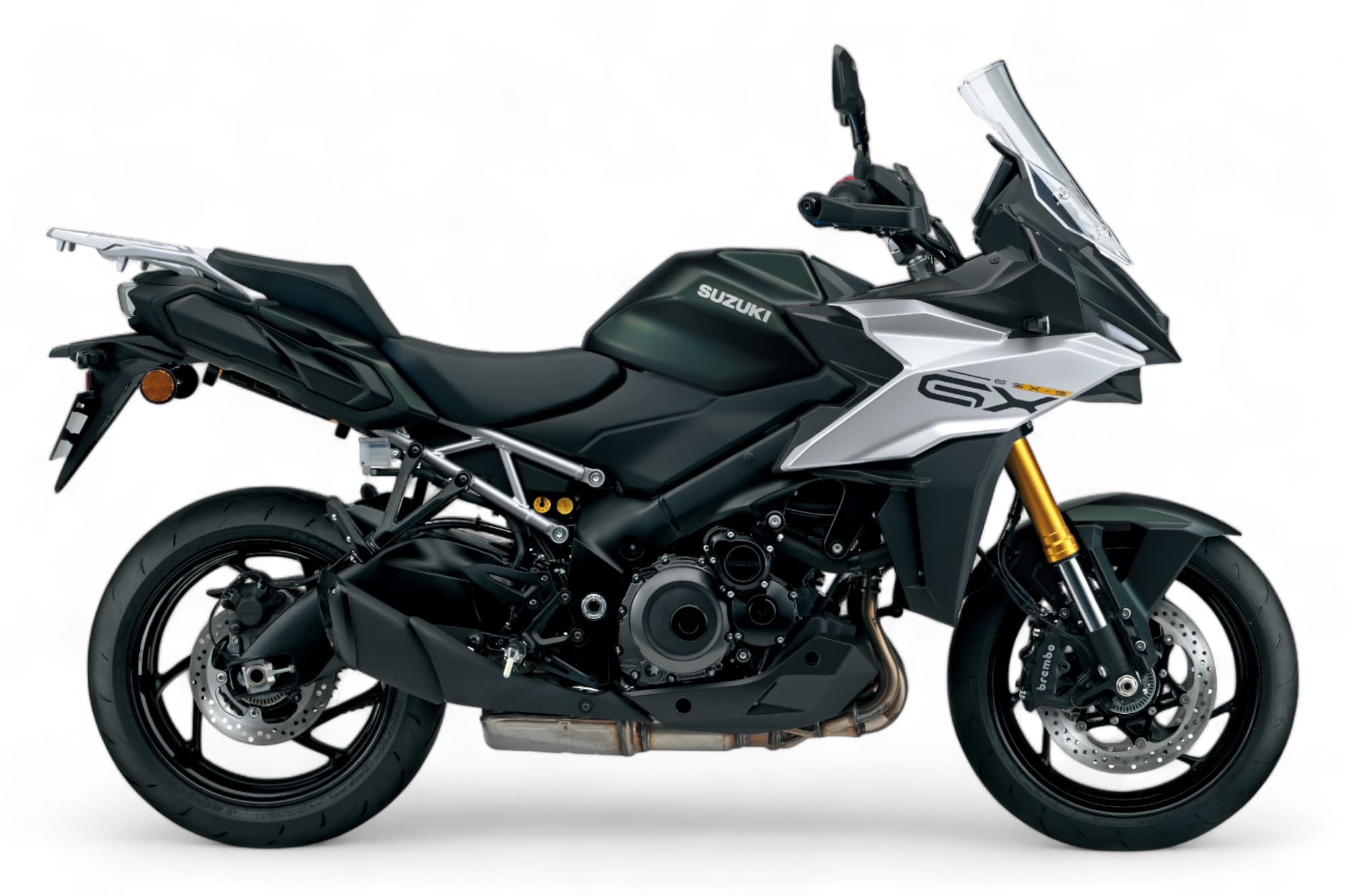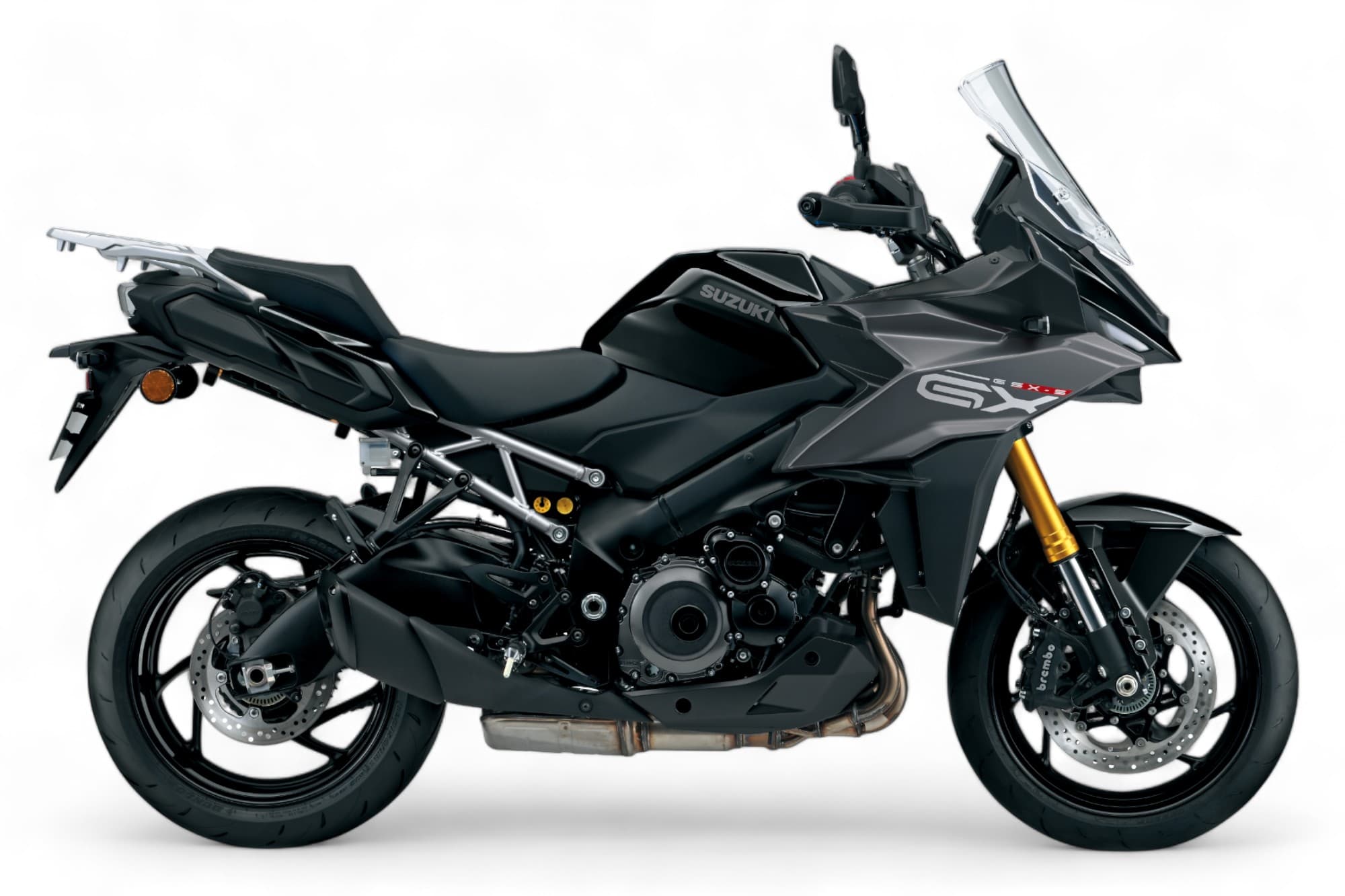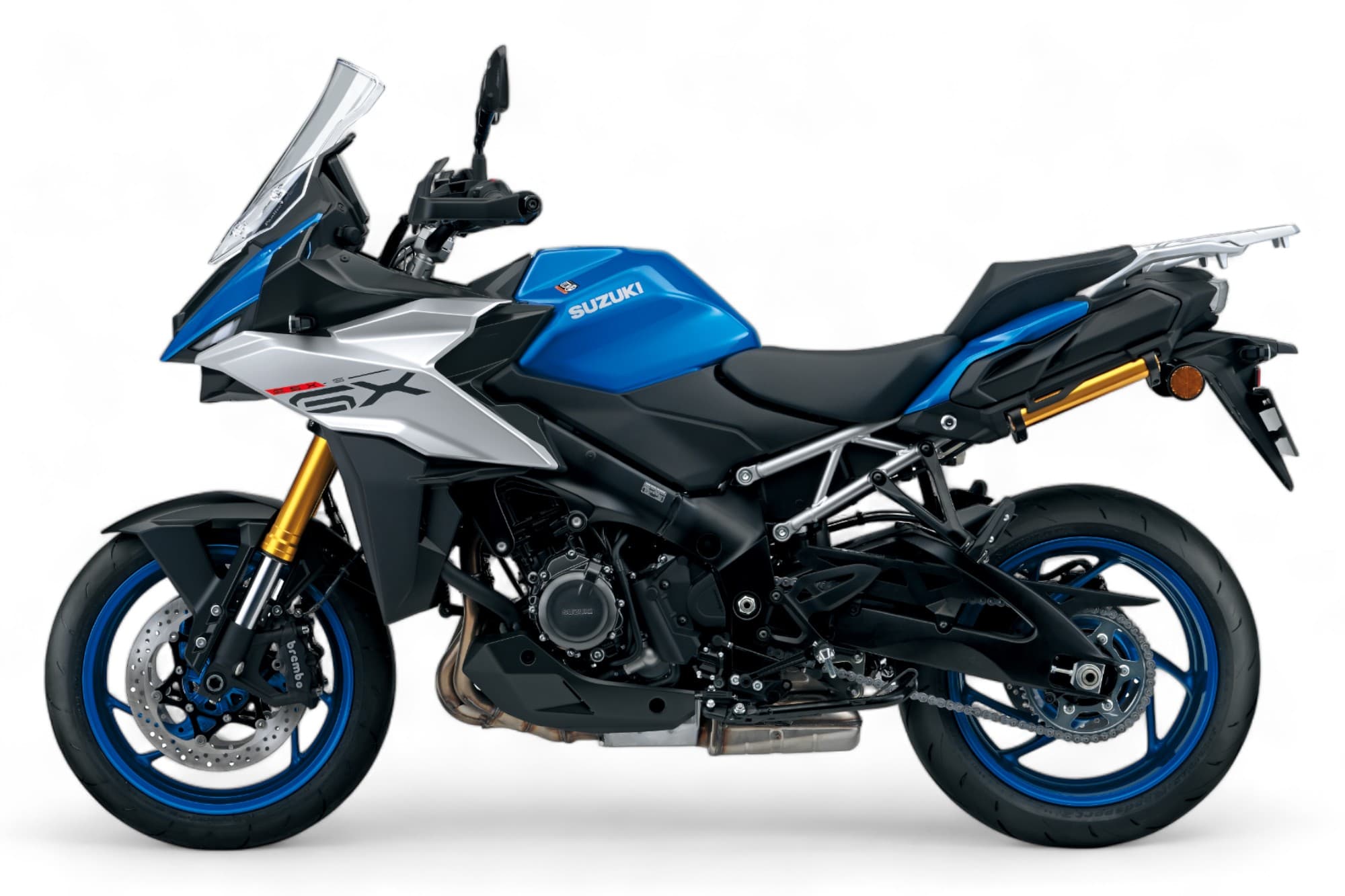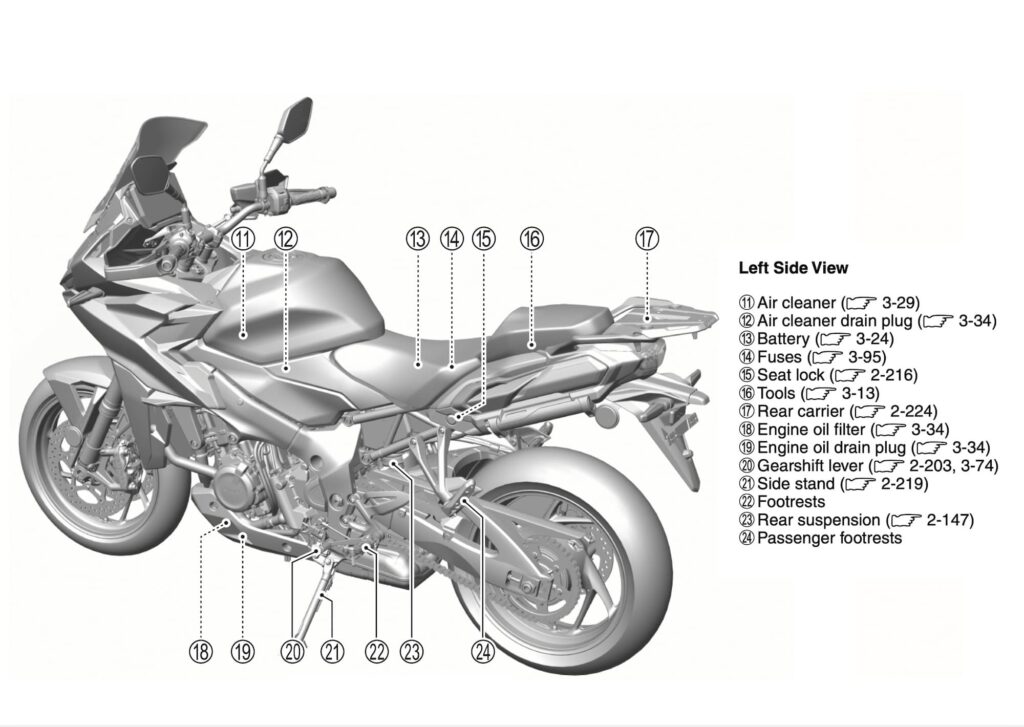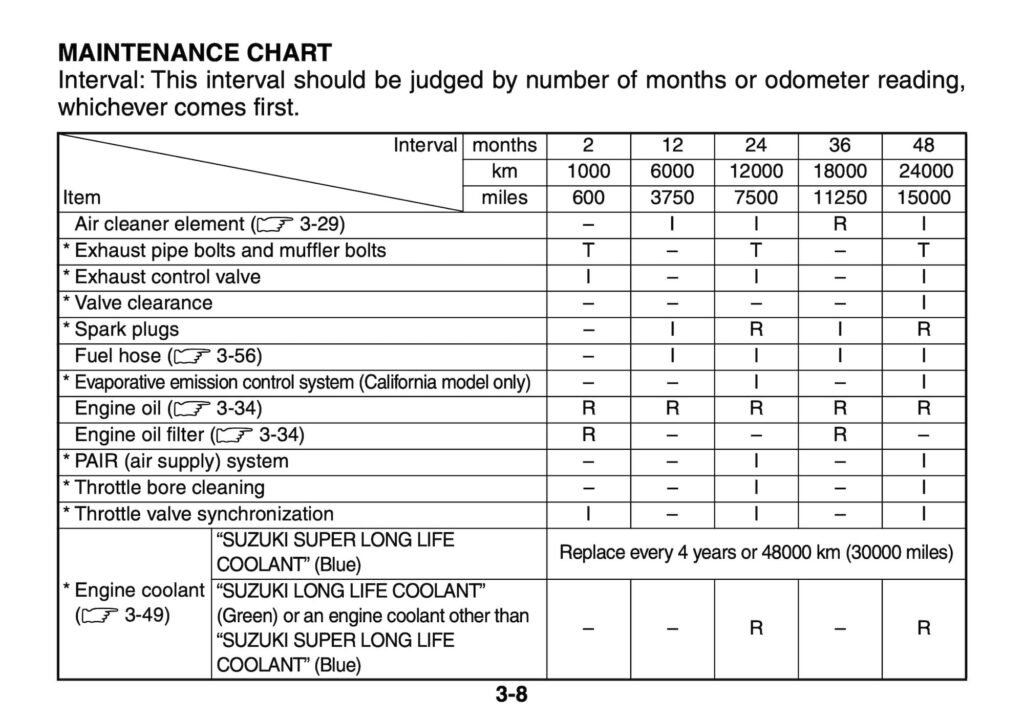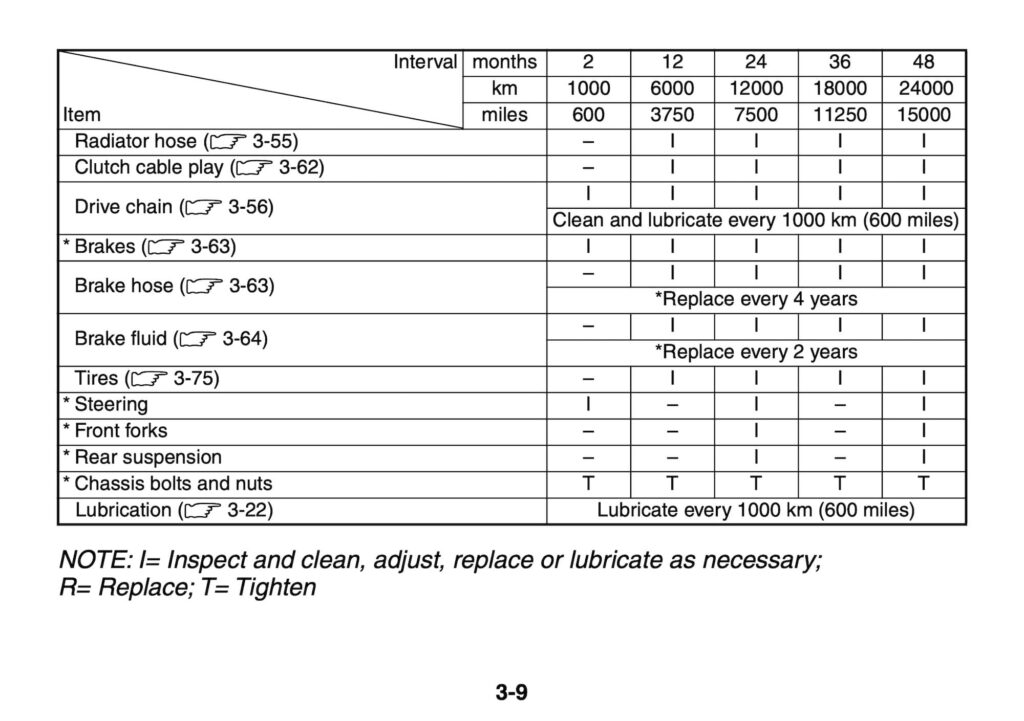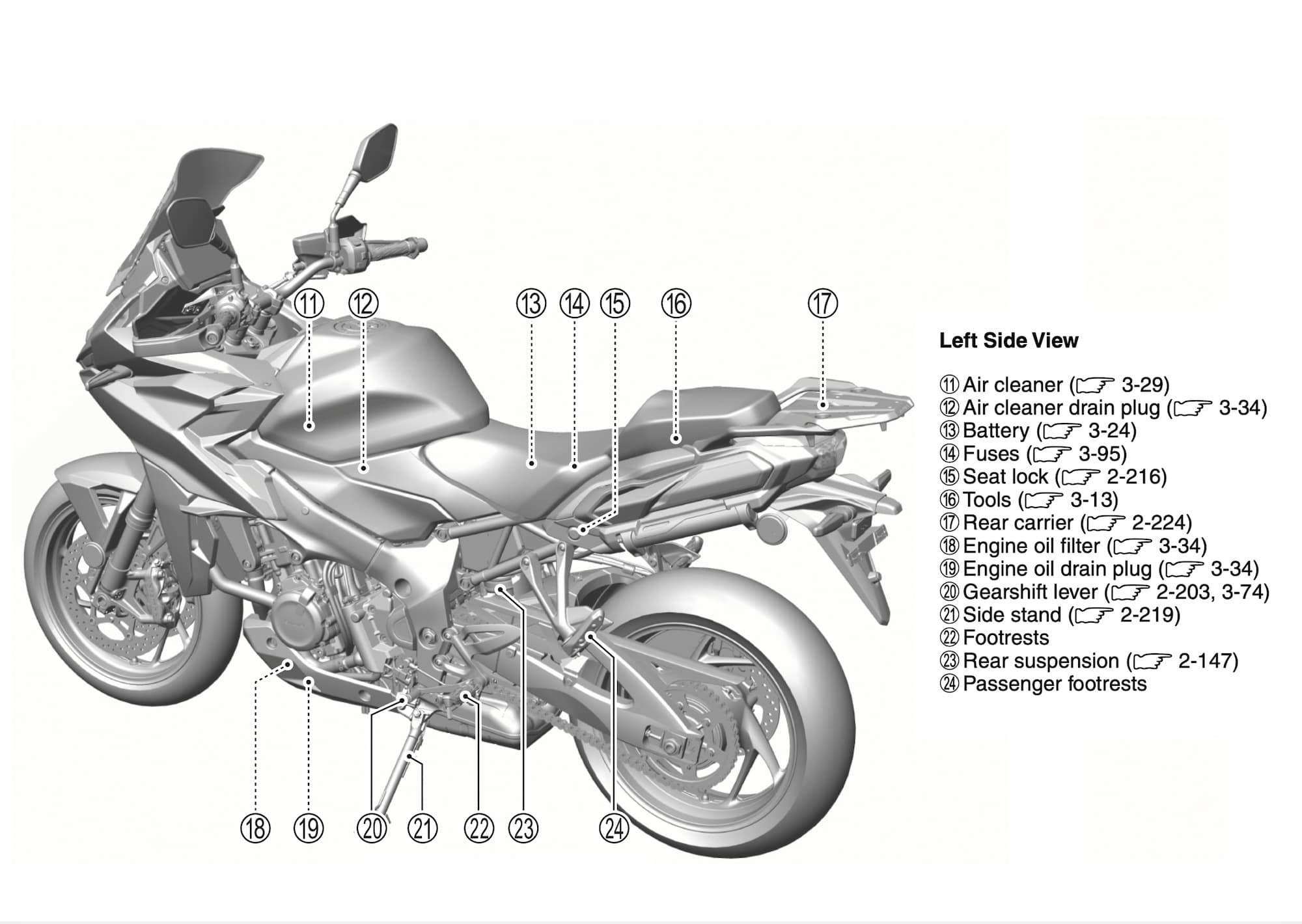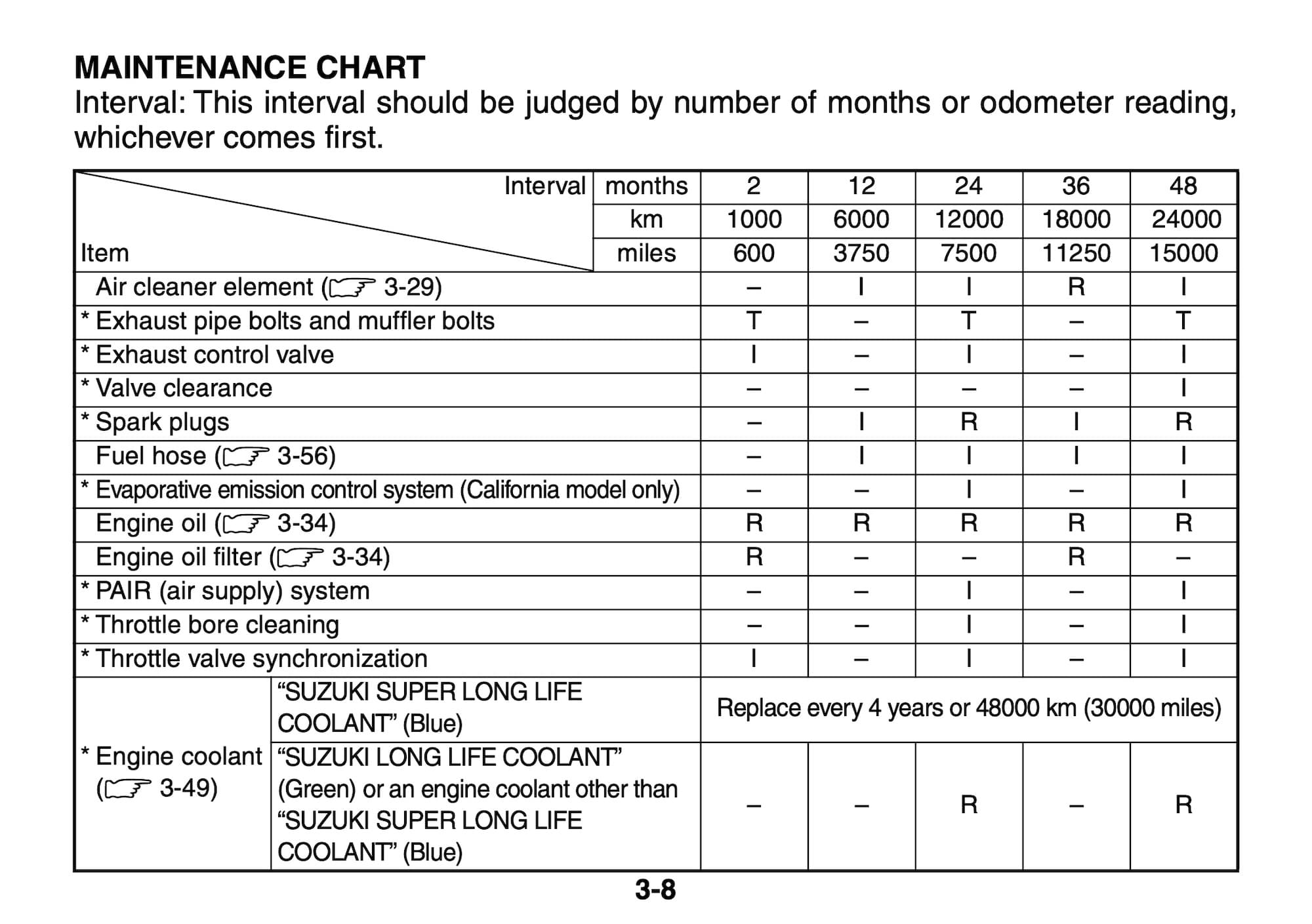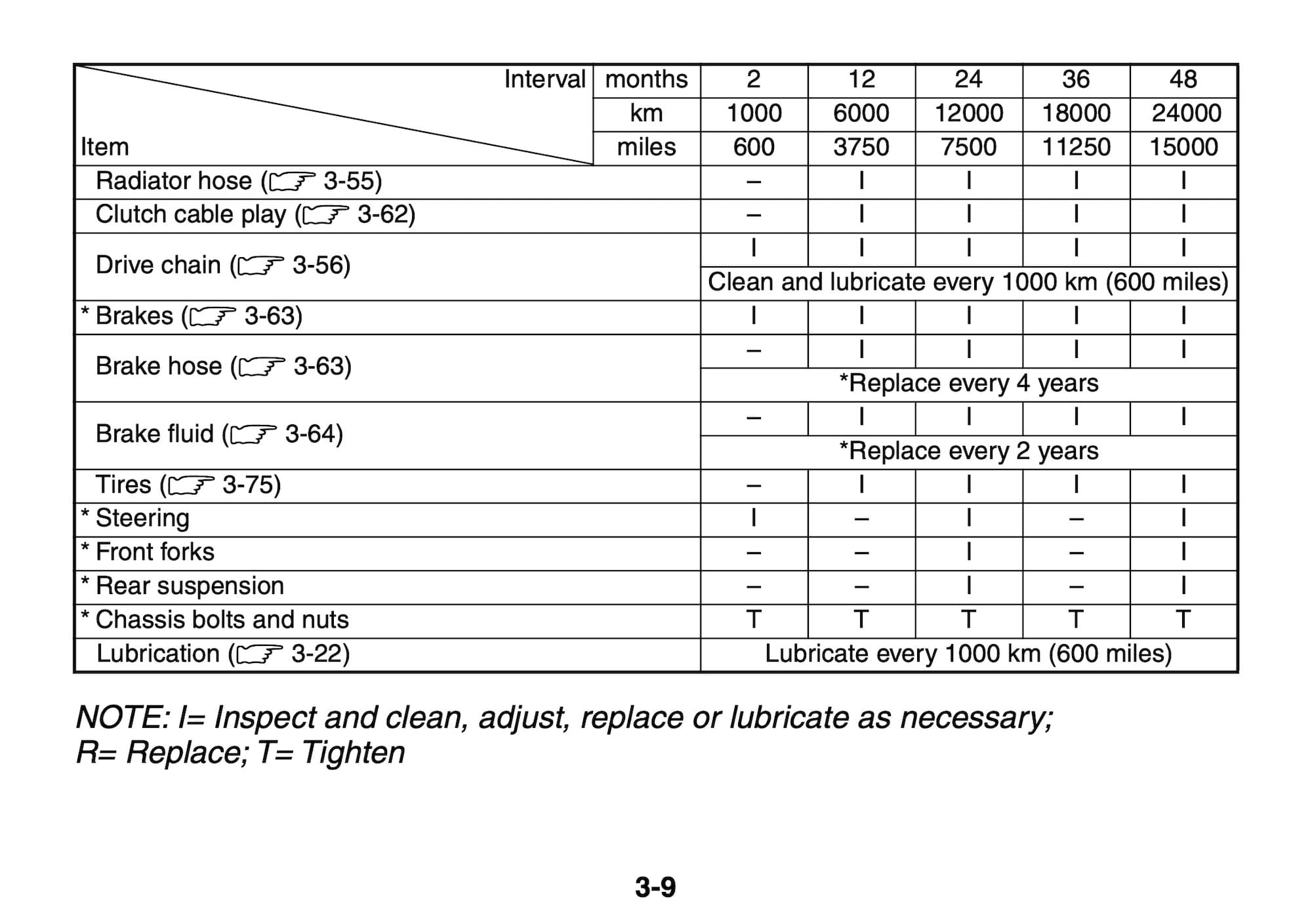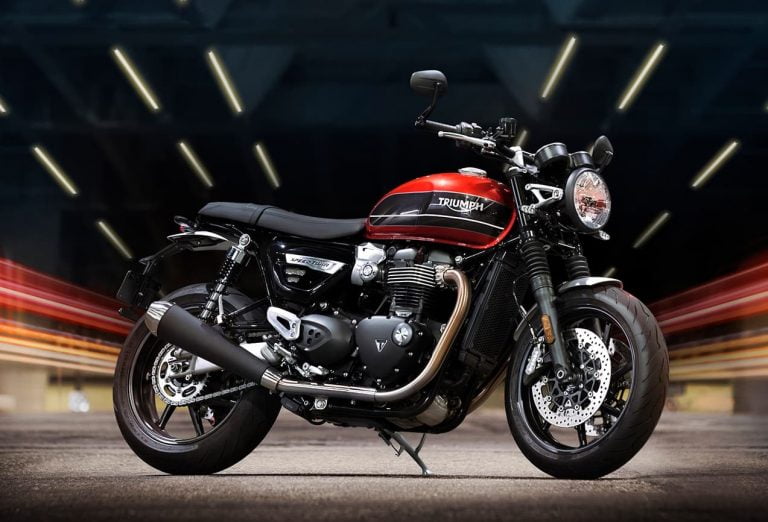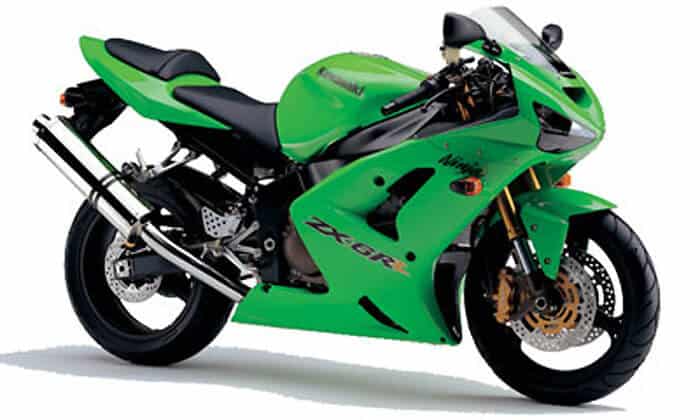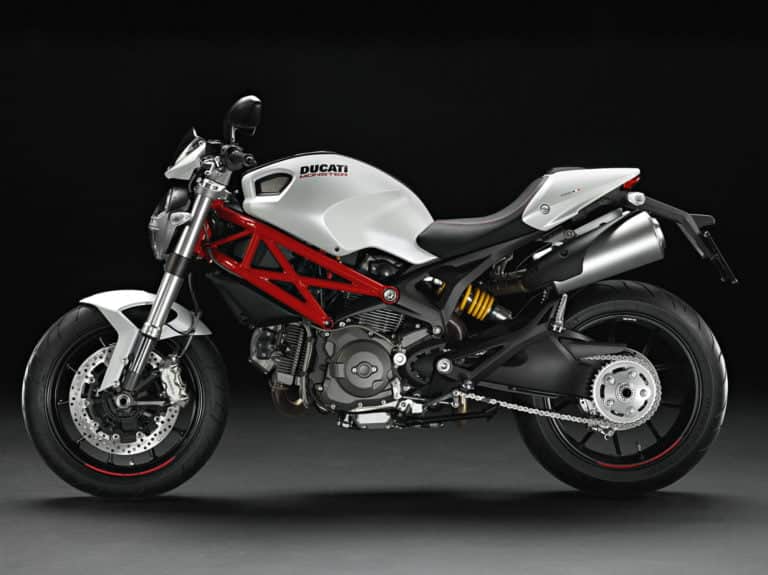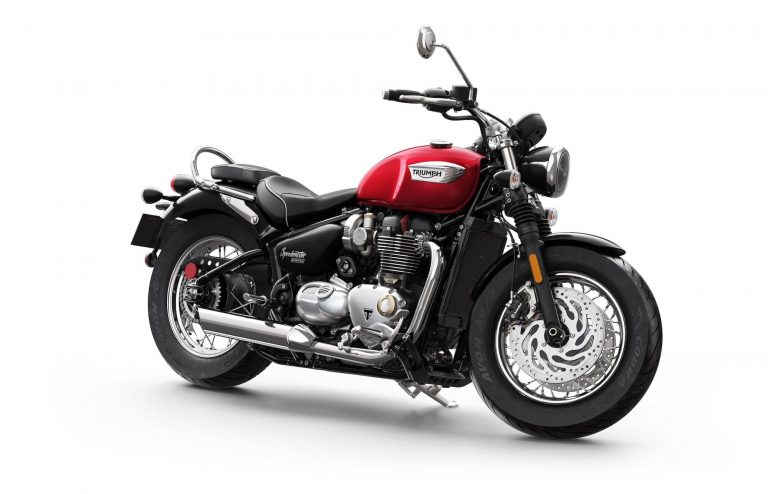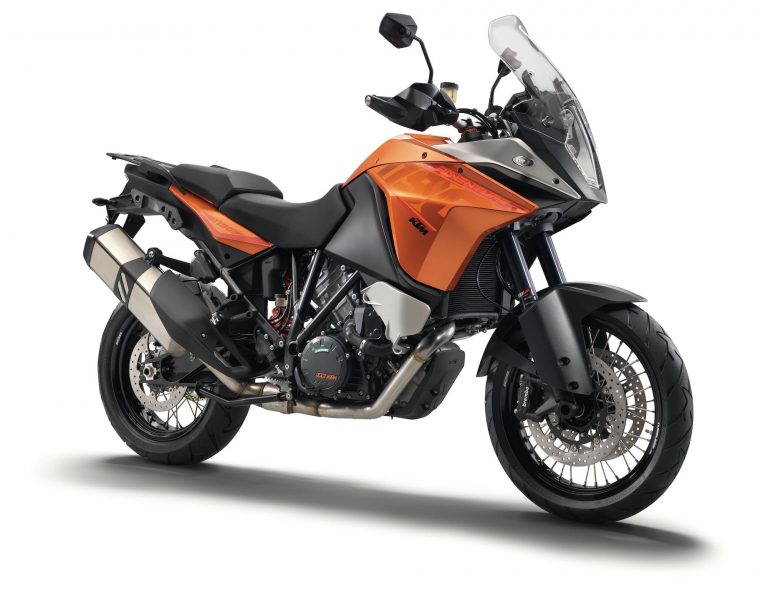Suzuki GSX-S1000GX (2024+) Maintenance Schedule and Service Intervals
This is the maintenance schedule and associated service intervals for the Suzuki GSX-S1000GX sport adventure tourer, announced in 2023 for the 2024 model year.
The Suzuki GSX-S1000GX is a new motorcycle concept for Suzuki (at least new since a while ago). For a long time, Suzuki based its adventure tourers on the V-Strom 1000 platform (with a V-twin engine deriving from the famed TL1000R), but also made comfortable sport tourers including the GSX-S1000 models, with engines deriving from the K5 GSX-R1000, most recently the Suzuki GSX-S1000GT.
But the Suzuki GSX-S1000GX takes that engine and puts it in a sporty upright chassis, a “sport crossover” as some (including Suzuki) call it. The core engine is the same — a 999 cc long-stroke inline four-cylinder engine tuned to make a healthy 112 kW (152 PS / 150 hp) at 11000 rpm, but there are plenty of additional comfort elements, like cornering ABS, active cruise control, and active intelligent suspension. See the end for more details.
This site has links for things like oil and spark plugs from which we earn a commission (which unfortunately nobody can save, not even us). If you appreciate this work, then please use those links. Thanks!
Suzuki GSX-S1000GX (2024) Service Intervals
The first break-in service on the Suzuki GSX-S1000GX is due at 600 miles or 1000 km, or 2 months. Many people get there on the first day! At break-in, the dealer should change the oil and filter and look everything over.
Following that, basic service intervals for the new Suzuki GSX-S1000GX is every 3750 miles or 6000 km, at which point you should change the oil and inspect or replace the spark plugs as well as the air filter.
The valve service on the GX is every 15000 miles or 24000 km.
The GSX-S1000GX has a cable clutch, which needs attention (lubricating the cable), and hydraulic brakes, which means you need to change brake fluid periodically. Also make sure the coolant is fresh using the appropriate spec coolant (Suzuki Long-Life or an equivalent).
Since the Suzuki GSX-S1000GX is an all-purpose SUV-like bike, it’s likely to get a lot of use in all conditions. For that reason, make sure you attend to chain maintenance and external lubrication (every 600 miles / 1000 km).
What you need to service your Suzuki GSX-S1000GX
Below is a list of the things you’ll need to do a service on your Suzuki GSX-S1000GX if you’re doing your own service.
| Part | Suzuki GSX-S1000GX spec |
|---|---|
| Oil | Suzuki (like most motorcycle brands) requires engine oil with JASO MA spec, or at least API SF/SG or SH/SJ spec. Many oils fit this. Suzuki recommends SAE 10W-40 weight Suzuki motor oil, but I wouldn’t over-think this and use another popular high-grade oil like Motul 7100 10W-40. |
| Oil filter | Use a Hiflofiltro HF138RC, which is a drop-in high-quality replacement. |
| Air filter | Use the DNA air filter drop-in replacement — part number P-S10GT22-01. |
| Spark plugs | The standard spark plug is NGK CR9EIA9, an iridium plug. You need four. |
| Brake fluid | Suzuki (like most motorcycles) requires DOT 4 brake fluid, e.g. Castrol DOT 4. |
| Brake pads | Most people upgrade their brake pads to EBC ones for better performance (and they’re very affordable). Use EBC part codes FA447HH for the front (two pairs) and FA174HH for the rear (one pair). |
| Coolant | Suzuki recommends using “Suzuki super long life coolant“, or another ethylene glycol-based antifreeze compatible with an aluminium radiator. Use Motorex Coolant M3.0 or another alternative. |
| Chain maintenance | Use either Motul chain paste or a complete Motul chain care kit for frequent chain servicing. |
| Grease | Always handy to have some lithium soap-based grease for external pivot points, like the kickstand. |
Suzuki GSX-S1000GX Maintenance Schedule
Below is the maintenance schedule for the Suzuki GSX-S1000GX.
Notes on the maintenance schedule:
- Follow the earlier of the distance or time intervals. E.g. change the oil every 3750 miles / 6000 km or year, whichever comes earlier.
- Coolant — If using super long-life kind, replace every four years or 30000 miles / 48000 km; otherwise, replace every two years or 15000 miles / 24000 km.
| mi x 1000 | 0.6 | 3.75 | 7.5 | 11.25 | 15 | |
|---|---|---|---|---|---|---|
| km x 1000 | 1 | 6 | 12 | 18 | 24 | Every |
| Engine oil — Replace (High-grade synthetic, Motul 7100 10W-40) | ✓ | ✓ | ✓ | ✓ | ✓ | Year |
| Engine oil filter — Replace (HF138RC) | ✓ | ✓ | ||||
| Spark plugs — Inspect | ✓ | ✓ | ||||
| Spark plugs — Replace (CR9EIA9) | ✓ | ✓ | ||||
| Valve clearance — Inspect | ✓ | |||||
| Air filter — Inspect, replace as necessary | ✓ | ✓ | ✓ | |||
| Air filter — Replace (DNA P-S10GT22-01) | ✓ | |||||
| Brakes — Check function | ||||||
| Brake fluid — Inspect / Replace periodically (Castrol DOT 4) Level in front and rear reservoirs should be above minimum | ✓ | ✓ | ✓ | ✓ | Replace every 2 years | |
| Brake hoses — Inspect routing/condition, and replace periodically | ✓ | ✓ | ✓ | ✓ | Replace every 4 years | |
| Radiator hose — Inspect condition, and for leaks | ✓ | ✓ | ✓ | ✓ | ||
| Engine coolant — Replace (Suzuki “Super Long Life”, e.g. Motorex M3.0 Coolant) | 4 years or 48K km (29K miles) | |||||
| Throttle valve synchronization — Inspect / Adjust | ✓ | ✓ | ✓ | |||
| Throttle bore — Clean | ✓ | ✓ | ||||
| Clutch cable play — Adjust Target play: 10-15 mm / 0.4-0.6 in measured at end of clutch lever | ✓ | ✓ | ✓ | ✓ | ||
| Fuel hoses — Inspect for wear / cracks | ✓ | ✓ | ✓ | ✓ | ||
| Steering — Inspect for smooth operation | ✓ | ✓ | ✓ | |||
| Front forks — Inspect for smooth operation, leaks | ✓ | ✓ | ||||
| Rear suspension — Inspect for smooth operation, leaks | ✓ | ✓ | ||||
| Exhaust pipe bolts and muffler bolts — Tighten | ✓ | ✓ | ✓ | |||
| PAIR (air supply) system — Inspect | ✓ | ✓ | ||||
| Evaporative emission control system (if fitted) — Check | ✓ | ✓ | ||||
| Exhaust control valve — Inspect | ✓ | ✓ | ✓ | |||
| Tires — Inspect condition and tread | ✓ | ✓ | ✓ | ✓ | ||
| General lubrication — Perform | ✓ | ✓ | ✓ | ✓ | ✓ | 1000 km / 600 mi |
| Chassis bolts and nuts — Tighten | ✓ | ✓ | ✓ | ✓ | ✓ |
Maintaining the Suzuki GSX-S1000GX’s Chain
Like the GT, the GX’s chain is likely to see rain, hail, and all kinds of conditions. So make sure you regularly clean, lubricate, and maintain your chain. Suzuki recommends the following schedule as a minimum.
Either use a good-quality (and affordable) chain lube like Motul Chain Paste, which is portable enough to take on your journeys, or use a full Motul Chain Care Kit to clean and restore a chain.
| Chain maintenance item | Every |
|---|---|
| Check chain * Correct tension / slack (20-30mm / 0.8-1.2 in at loosest point) * Adequate lubrication * No excessive wear / damage | Ride (pre-ride check) |
| Clean and lubricate chain | 1000 km / 600 miles |
Damage includes loose pins, damaged rollers, dry or rusted links, kinked or binding links, excessive wear (visible on the teeth of the sprockets especially), and improper adjustment.
Checking Chain Slack
To check the slack on the GSX-S1000GX, put the bike in neutral, onto its kickstand, and on a level surface.
Check the slack on the lower part of the chain, midway between the sprockets, and check it in multiple places (move the motorcycle forwards and backwards) as chains wear unevenly.
Slack on the GSX-S1000GX is defined as the free vertical movement of the chain.
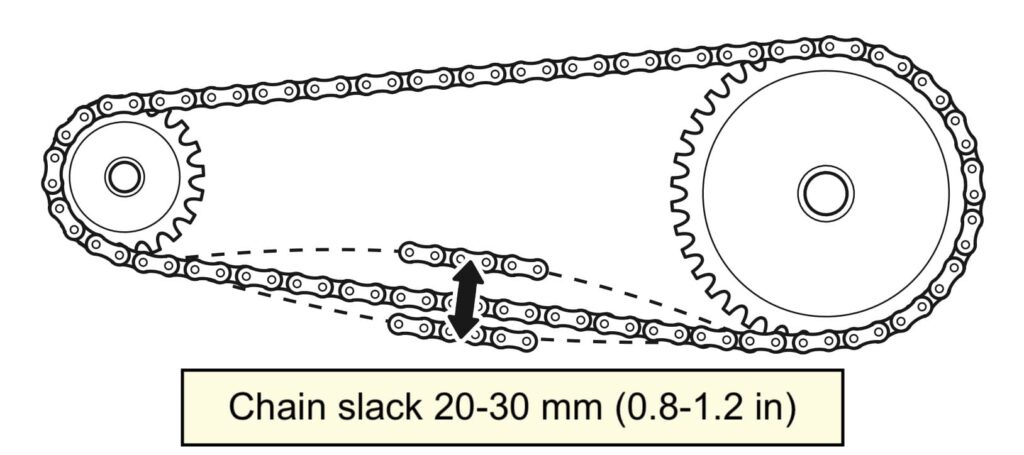
Target chain slack for the Suzuki GSX-S1000GX: 20 – 30 mm (0.8 – 1.2 in)
If the chain slack is out of spec, you need to adjust it.
Adjusting chain slack
To adjust the chain slack on the Suzuki GSX-S1000GX, follow the below steps. It’s a fairly simple process as the GX has a dual-sided swing arm. It’s also the type of bike many will fit with a centre stand (which is an optional accessory).
Similar to when measuring chain slack, make sure that the motorcycle is on a level surface, on its kickstand (or centre stand), in neutral, with no weight on it (empty luggage or no luggage at all).
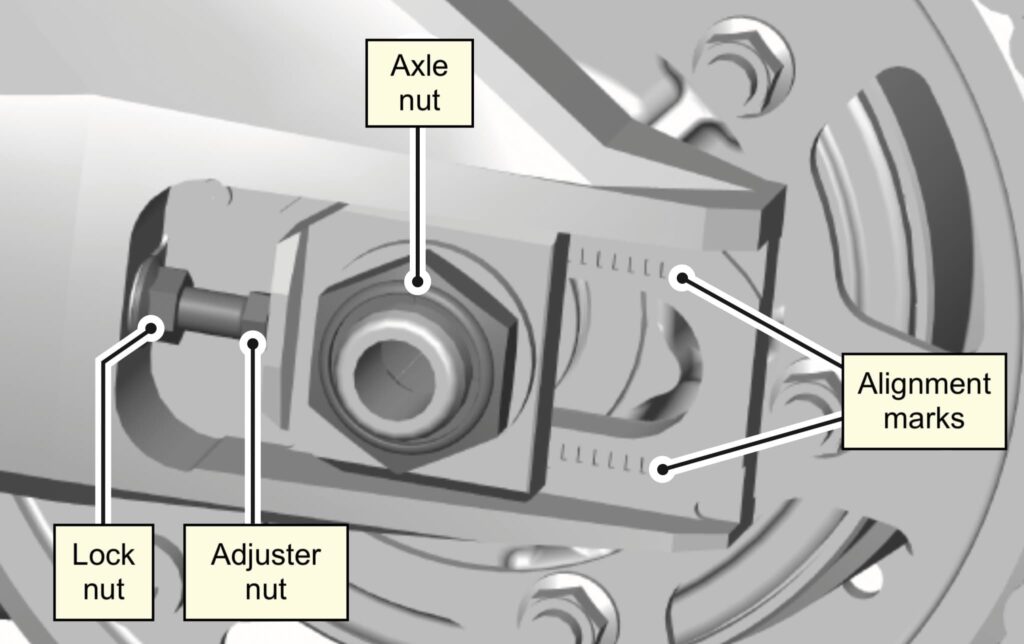
- Loosen the rear axle with a breaker bar or large wrench and the adjuster lock nuts on either side of the axle.
- Turn the adjuster nuts to tighten (or loosen) the chain. Keep checking the chain tension to see if it has come within spec. Aim for 20mm (the minimum spec).
- Keep an eye on the adjuster alignment marks on either side of the axle. Make sure that the adjustment is to the same point.
- When you’re done, tighten the axle to 100 Nm / 74 lb-ft.
- Tighten the lock nuts to 22 Nm / 16.5 lb-ft.
- Re-check the chain slack again to make sure it’s still within spec.
Wheel size and tire pressure for the Suzuki GSX-S1000GX
The manual for the GSX-S1000GX recommends the following tire sizes and pressures.
The GX ships with Dunlop Roadsport 2 tire, the same as the naked GSX-S and the faired GSX-S GT.
| Wheel | Size | Tyre pressure (cold) |
|---|---|---|
| Front | 120/70 ZR17 58W | 36 psi / 250 kPa / 2.5 bar |
| Rear | 190/50ZR17 73W | 42 psi / 290 kPa / 2.9 bar |
Naturally, adjust your tire pressure to the conditions, your load, and riding style. The above is just Suzuki’s fairly standard recommendation (even across models) to optimise for tire longevity and efficiency.
About the Suzuki GSX-S1000GX

The Suzuki GSX-S1000GX is Suzuki finally capitulating to the trend and releasing a sport adventure tourer — a “crossover” as they call it — rather than focusing just on the limited market of sport tourers (like the awesome and quite unique GSX-S1000GT).
It really is a crossover in one specific way — the riding position is designed to be at a comfort level halfway between the sportier GSX-S1000GT and the adventure-ier V-Strom 1050.
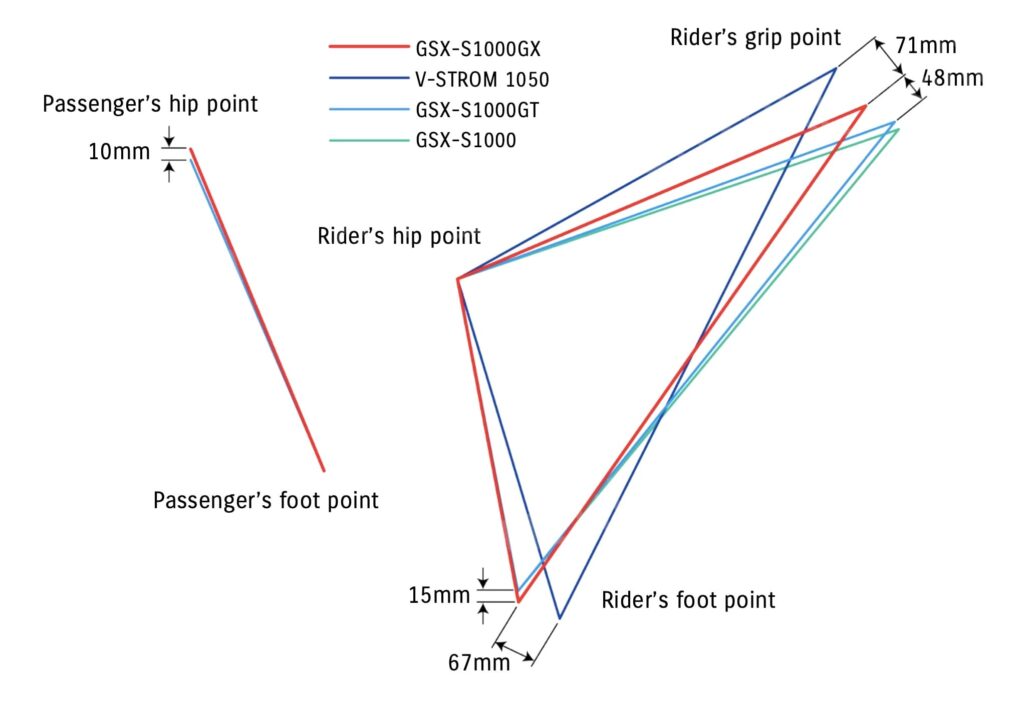
Other manufacturers have been making high-end sport tourers for a long time. Yamaha’s FZ1S was making the same power from an inline four-powered upright sport tourer nearly two decades prior. And in recent years, BMW has been stealing the spotlight with its superbike-derived BMW S 1000 XR.
But while Suzuki has some catching up to do, the GSX-S1000GX ticks a lot of update boxes in one shot.
Let’s start with the engine. The GX is a sport crossover; not just a sport tourer, and the biggest hint to this is the engine, deriving from the 2005-2008 Suzuki GSX-R1000. It’s known as a “long-stroke” motor, as compared to more recent sport bikes it was a little lower-revving, and produced a more even amount of torque through the rev range compared to more recent superbikes, which trade low-end torque for high-rpm power.
The long-stroke engine in the GX (and other contemporary sport tourers) is much more suited to everyday riding. In the GX it’s tuned for lower power, but it still produces a metric ton of it, peaking at 112 kW / 152 PS (or 115 hp) at 11,000 rpm. That’s loads.
While Suzuki hasn’t fundamentally changed the engine in a decade since first releasing it on the Suzuki GSX-S1000F, they’ve refined it and smoothed it out. Early examples had uneven power delivery which had to be sorted via an aftermarket tune. This is no longer the case.
But anyway, the GX is a lot more than just the same engine in an upright chassis. Here’s what Suzuki has introduced.
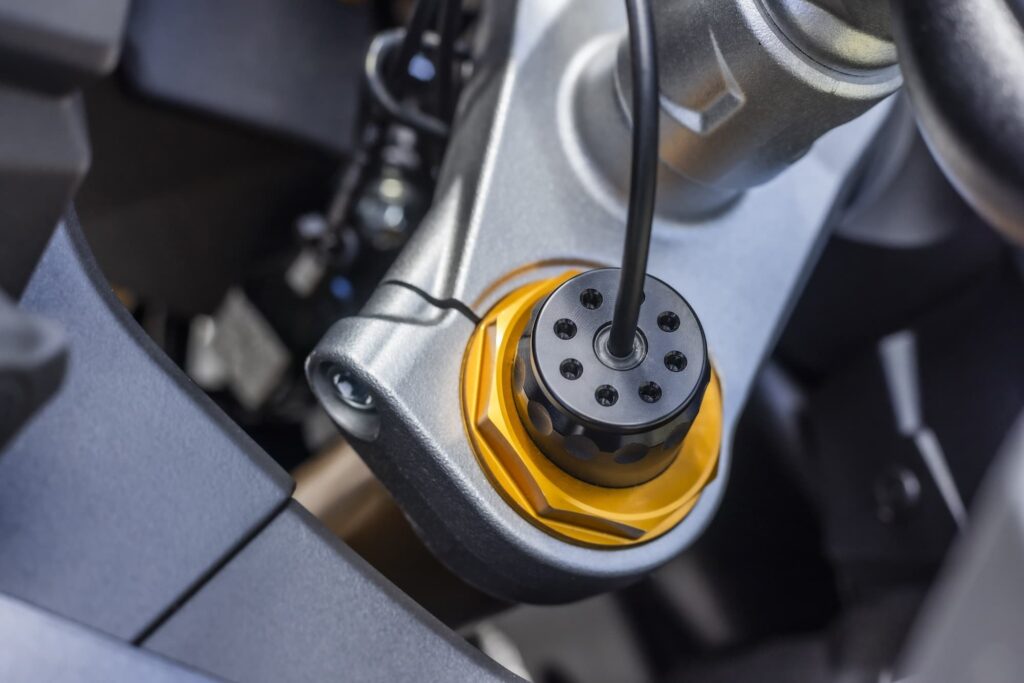
Active suspension: The GSX-S1000GX has Showa-supplied “Suzuki Advanced Electronic Suspension”. The system uses sensors from the front and rear wheel plus the IMU to continually adjust both compression and rebound damping settings based on what is happening on the road.
The rider can also set the suspension setting, choosing from “Hard”, “Medium”, “Soft”, or a “User” setting.
There’s more to the electronic suspension, too. The rear preload is automatic! The bike detects the load and adjusts the ride height. You can also do a manual adjustment and set the load level yourself.
Cornering ABS: The Suzuki GSX-S1000GX is the first Suzuki GSX-S bike to get cornering ABS. Suzuki’s “Motion Track Brake System” monitors input from the IMU (Inertial measurement unit) to decide on the amount of ABS to apply in situations of panic braking while cornering.
There are a number of other interesting things that Suzuki has implemented in its braking, including the “slope dependent control system”, which applies brakes differently depending on whether the bike is riding uphill or downhill.
Smart cruise control: While not radar-supported, the smart cruise control lets you change gears via the bi-directional quick shifter without cruise control being cancelled.
The above electronic systems don’t directly affect maintenance. Typically, other parts of a motorcycle need more frequent maintenance — the engine needs oil changes, the chassis needs other fluid changes, and the chain needs frequent cleaning. Electronics sometimes glitch, but they’re rarely something that causes a breakdown.
However, if something critical breaks — like the shock or a suspension unit — repair or replacement may be pricey.
Reference Manual for the Suzuki GSX-S1000GX
The above maintenance schedule comes directly from the user’s manual for the Suzuki GSX-S1000GX. Other info came from online forums and the press release.
See below screenshots for reference.
You can download manuals for Suzuki motorcycles from here with limited availability.
